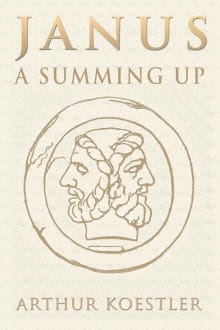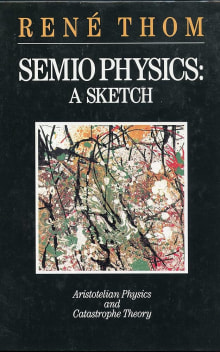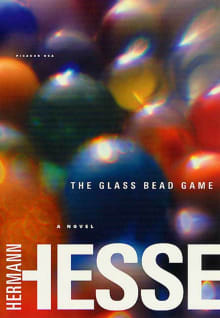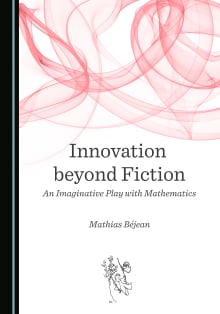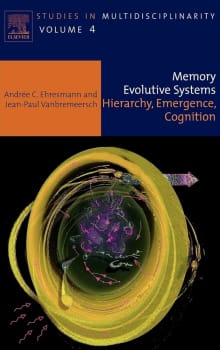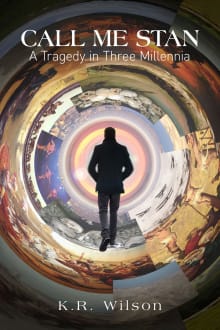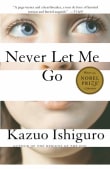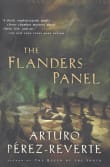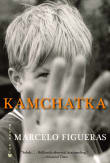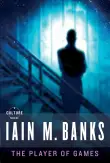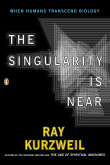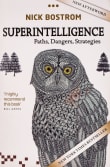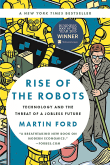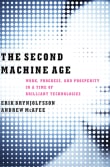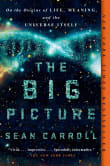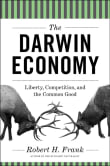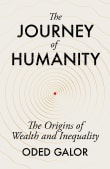
Why did I love this book?
This book by G. Edelman played an important role in the development of our mathematical MES theory for complex "living" systems. Our specific application of MES to neuro-cognitive systems, named MENS, represents a kind of mathematical translation of Edelman’s book into Category Theory.
Specifically, leveraging the categorical concept of a 'colimit,' we expand upon Edelman's principle of the "degeneracy of the neural code" by introducing a form of non-isomorphic redundancy termed the Multiplicity Principle (MP), wherein the system admits multifaceted components. Subsequently, we establish a significant result: if an MES adheres to the MP, the system is reliant not on pure reductionism but rather on an "emergentist-reductionism" as defined by the philosopher and physicist Mario Bunge.
1 author picked The Remembered Present as one of their favorite books, and they share why you should read it.
A genuine understanding of how mental states arise from the structure and function of the brain would be, as William James declared in 1892, "the scientific achievement before which all past achievements would pale." Can a comprehensive biological theory of consciousness be constructed in 1990? Any attempt has to reconcile evidence garnered from such diverse fields as developmental and evolutionary biology, neuroanatomy and neurophysiology, cognitive psychology, psychiatry, and philosophy.Having laid the groundwork in his critically acclaimed books Neural Darwinism (Basic Books, 1987) and Topobiology (Basic Books, 1988), Nobel laureate Gerald M. Edelman now proposes a comprehensive theory of consciousness in…
- Coming soon!


